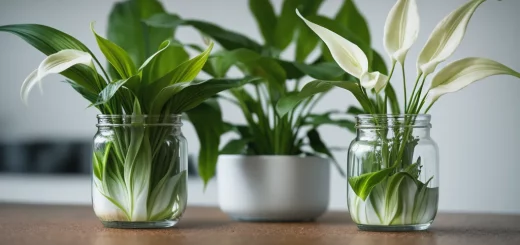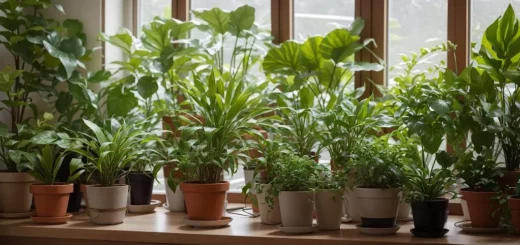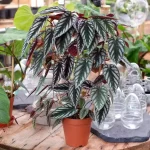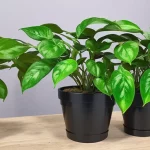Mastering How Often to Water Pothos
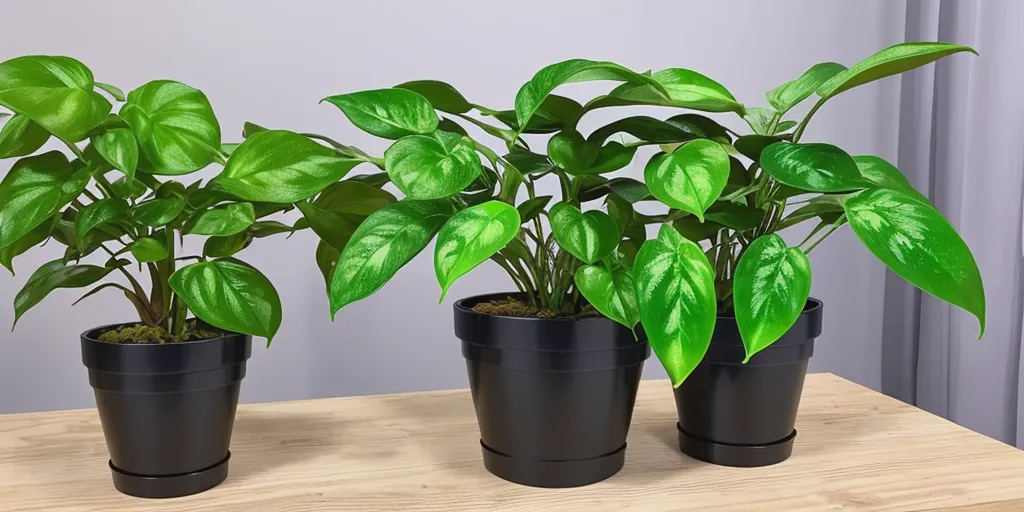
Table of Contents
Introduction to how often to water Pothos:
The Pothos plant, scientifically known as Epipremnum aureum, is a favorite among houseplant enthusiasts. With its trailing vines and heart-shaped leaves, it adds a touch of greenery to any space. Often celebrated for its adaptability and resilience, the Pothos has become a staple in homes and offices worldwide. However, like all plants, the Pothos thrives best when its specific needs are met. One of the most crucial aspects of its care? Watering. Striking the right balance in watering can make all the difference in the health and vitality of this beloved plant.
1. Understanding Pothos Watering Needs:
Watering might seem like a straightforward task, but understanding the unique needs of the Pothos can ensure it flourishes.
1.1. The Natural Habitat of Pothos and Its Implications for Watering:
Originating from the tropical forests of Southeast Asia, the Pothos is accustomed to a humid environment with well-draining soil. In its natural habitat, the plant receives consistent but moderate moisture, avoiding both prolonged dryness and waterlogged conditions. This background gives us a clue: while the Pothos appreciates moisture, it doesn’t fare well in soggy soil.
1.2. The Dangers of Overwatering and Underwatering:
Overwatering is a common mistake among Pothos caregivers. Excess water can lead to root rot, a condition where the roots become mushy and decayed. On the other hand, underwatering can cause the plant to become dehydrated, leading to droopy leaves and stunted growth. Recognizing the signs of both extremes and adjusting watering practices accordingly is key to maintaining a healthy Pothos.
2. Factors Influencing Pothos Watering Frequency:
Watering frequency for Pothos isn’t a one-size-fits-all answer. Several factors come into play, influencing how often you should reach for that watering can.
2.1. Pot Size and Type:
The size and type of pot you use can significantly impact watering frequency. Larger pots retain more moisture, meaning less frequent watering. Conversely, smaller pots dry out faster. The material of the pot also matters. For instance, terracotta pots are porous and allow for better evaporation, leading to quicker drying of the soil.
2.2. Soil Composition and Drainage Capabilities:
A well-draining soil mix is crucial for Pothos. Soil that retains too much moisture can lead to root rot. Ingredients like perlite or sand can enhance drainage, ensuring the roots aren’t sitting in water. Regularly checking the soil’s consistency and ensuring it doesn’t become compacted can also help in maintaining optimal moisture levels.
2.3. Ambient Temperature and Humidity:
Pothos, being a tropical plant, thrives in higher humidity. In more humid environments, the soil retains moisture longer, reducing the need for frequent watering. Conversely, in dry or air-conditioned spaces, the soil may dry out faster, necessitating more regular watering. Temperature plays a role too; warmer temperatures can lead to increased evaporation.
2.4. Light Exposure and Its Impact on Water Consumption:
While Pothos is adaptable to various light conditions, its watering needs can change based on light exposure. Plants in brighter light might use water more quickly, while those in low light conditions may require less frequent watering.
3. Signs Your Pothos Needs Water:
Knowing when to water your Pothos is as crucial as knowing how often to water Pothos. Here are some telltale signs that your plant is thirsty.
3.1. Checking the Soil Moisture:
One of the most reliable methods is the finger test. Insert your finger up to an inch into the soil. If it feels dry, it’s time to water. If it’s still moist, you might want to wait a bit longer.
3.2. Observing Leaf Changes and Droopiness:
Pothos leaves can communicate a lot about their water needs. If they start looking droopy or feel softer to the touch, it might be an indication that the plant needs water. Conversely, yellow leaves can sometimes indicate overwatering.
3.3. The Weight of the Pot as an Indicator:
With experience, you’ll notice that a well-watered Pothos pot feels heavier than one that’s dry. Lifting the pot and gauging its weight can be a quick way to determine if it’s time for a watering session.
4. Best Practices for Watering Pothos:
Watering might seem simple, but adopting the right techniques can make a significant difference in your Pothos’s health and growth.
4.1. Using Room-Temperature Water:
Cold water can shock the plant’s roots, while hot water can damage them. It’s best to use room-temperature water when hydrating your Pothos. This ensures the plant absorbs the moisture without any adverse reactions.
4.2. Ensuring Thorough Watering Until Water Drains from the Bottom:
When watering, make sure to water the plant evenly until you see excess water draining from the bottom of the pot. This ensures that the roots at the bottom receive adequate moisture. After watering, always empty the saucer to prevent the plant from sitting in stagnant water, which can lead to root rot.
4.3. The Importance of Well-Draining Soil and Pots with Drainage Holes:
A pot with drainage holes is essential for preventing overwatering. Paired with well-draining soil, it ensures that excess water escapes, preventing the roots from becoming waterlogged. If your pot doesn’t have drainage holes, consider repotting or drilling some to maintain the plant’s health.
5. Troubleshooting Common Watering Issues:
Even with the best care, you might encounter some watering-related challenges with your Pothos. Here’s how to address them:
5.1. Addressing Yellowing Leaves:
Yellow leaves can be a sign of overwatering. If you notice yellow leaves, especially at the bottom of the plant, check the soil’s moisture. If it’s soggy, consider reducing your watering frequency. Ensure the pot has adequate drainage and that the saucer isn’t holding water.
5.2. Combatting Root Rot:
Root rot is a common consequence of overwatering. If you suspect root rot, remove the plant from its pot and inspect the roots. Healthy roots are firm and white, while rotten roots are mushy and brown. Trim away any affected roots and repot the plant in fresh, well-draining soil.
5.3. Reviving an Underwatered Pothos:
If your Pothos looks droopy and the soil is bone dry, it might be underwatered. Hydrate the plant thoroughly, ensuring water reaches the bottom roots. In severe cases, you can also give the plant a lukewarm water soak for an hour to rehydrate it.
Conclusion:
The Pothos, with its vibrant green leaves and adaptable nature, has earned its place in the hearts of plant lovers everywhere. But as we’ve explored, even the hardy Pothos has specific watering needs that, when met, ensure its optimal growth and health.
Proper watering goes beyond just frequency. It’s about understanding the plant’s natural habitat, recognizing its signals, and adjusting care based on various factors like pot type, soil composition, and ambient conditions. While it’s essential to be attentive to its needs, it’s equally important to remember the inherent resilience of the Pothos. With the right balance of care and trust in the plant’s natural abilities, you can enjoy a thriving Pothos that graces your space for years to come.
